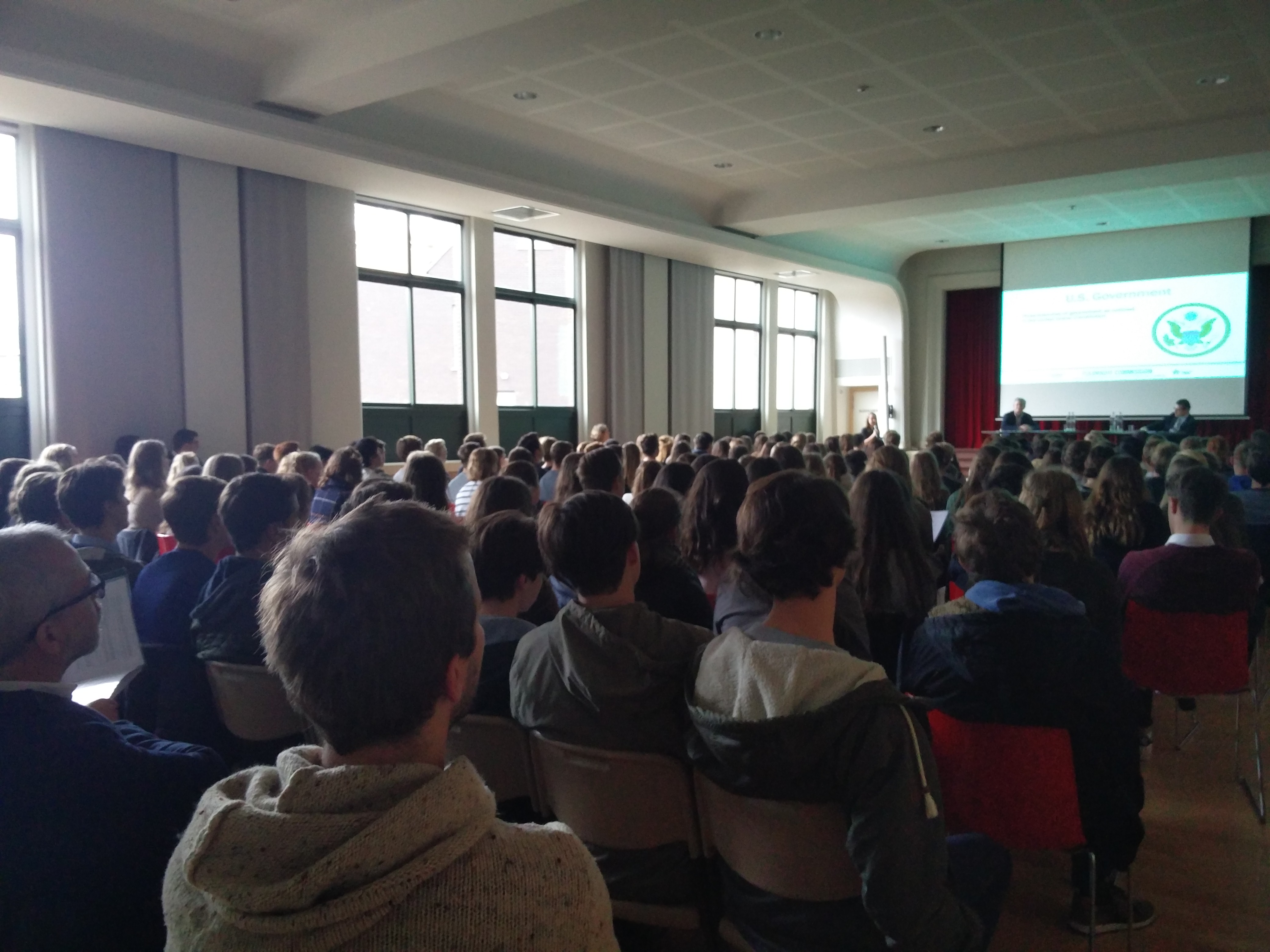
Over 100 letters sent to French sailors by their fiancées, wives, parents and siblings – but never delivered – have been opened and studied for the first time since they were written in 1757-8.
The messages were seized by Britain’s Royal Navy during the Seven Years’ War, taken to the Admiralty in London and remained unopened until very recently, when Professor Renaud Morieux of the University of Cambridge spent months decoding them. He published his findings today in Cambridge University Press journal Annales. Histoire, Sciences Sociales, published on behalf of Éditions EHESS.
The messages offer extremely rare and moving insights into the loves, lives and family quarrels of everyone from elderly peasants to wealthy officer’s wives. They also provide precious new evidence about French women and labourers, as well as different forms of literacy.
The collection of letters is now held at the National Archives in Kew.
“These letters are about universal human experiences, they’re not unique to France or the 18th century,” said Morieux. “They reveal how we all cope with major life challenges. When we are separated from loved ones by events beyond our control like the pandemic or wars… Today we have Zoom and WhatsApp. In the 18th century, people only had letters but what they wrote about feels very familiar.”
He continued: “There were three piles of letters held together by ribbon. The letters were very small and were sealed so I asked the archivist if they could be opened and he did. I realised I was the first person to read these very personal messages since they were written. Their intended recipients didn’t get that chance. It was very emotional.”
In the 18th century, sending letters from France to a ship, a constantly moving target, was incredibly difficult and unreliable. Sometimes people sent multiple copies of letters to different ports hoping to reach a sailor. Relatives also asked the families of crewmates to insert messages to their loved-one in their letters. Morieux found extensive evidence of these strategies in the Galatée letters which like so many others, never reached their intended recipients.
The Galatée was sailing from Bordeaux to Quebec when, in 1758, it was captured by the British ship, the Essex, and sent to Portsmouth. The crew was imprisoned and the ship sold.
The French postal administration had tried to deliver the letters to the ship, sending them to multiple ports in France – but they always arrived just too late. When they had heard that the ship had been captured, they forwarded the letters to England, where they were handed to the Admiralty in London.
“It’s agonising how close they got,” Morieux said. He believes that officials opened and read two letters to see if they had any military value but deciding they only contained ‘family stuff’; gave up, and put them into storage.
The letters convey both romantic love and more often family love, but also offer rare insights into family tensions and quarrels at a time of war and prolonged absence.
Some of the most remarkable letters were sent to the young sailor, Nicolas Quesnel, from Normandy. On 27 January 1758, his 61-year-old mother, Marguerite – who was almost certainly illiterate – sent a message written by an unknown scribe to complain:
“On the first day of the year you have written to your fiancée […]. I think more about you than you about me. […] In any case I wish you a happy new year filled with blessings of the Lord. I think I am for the tomb, I have been ill for three weeks. Give my compliments to Varin [a shipmate], it is only his wife who gives me your news.”
A few weeks later, Nicolas’ fiancée, Marianne, wrote to instruct him to write to his mother to be a good son and stop putting her in an awkward situation. It seems that Marguerite had blamed Marianne for Nicolas’ silence. Marianne wrote: “the black cloud has gone, a letter that your mother has received from you, lightens the atmosphere.”
Over half (59%) of the letters were signed by women and provide precious insights into female literacy, social networks, and experiences in wartime.
“These letters shatter the old-fashioned notion that war is all about men,” Morieux said. “While their men were gone, women ran the household economy and took crucial economic and political decisions.”
The letters also communicated romantic love and longing.
“I could spend the night writing to you … I am your forever faithful wife,” wrote Marie Dubosc to her husband, the first Lieutenant of the Galatée, a French warship, in 1758. “Good night, my dear friend. It is midnight. I think it is time for me to rest.”
Marie didn’t know where Louis Chambrelan was, or that his ship had been captured by the British.
Louis would never receive Marie’s letter and they would never meet again. Marie died the following year in Le Havre, almost certainly before Louis was released. In 1761, he remarried, safely back in France.
In another letter, Anne Le Cerf wrote to her husband, a non-commissioned officer on the Galatée, “I cannot wait to possess you”. She perhaps meant “embrace” but also “to make love to you”. She signed “Your obedient wife Nanette”, an affectionate nickname. Imprisoned somewhere in England, Jean Topsent would never receive Anne’s love letter.
These letters show people dealing with challenges collectively, navigating the difficulties of sustaining personal relationships against a backdrop of political unrest. Not unlike today, ordinary people had to work out how to stay in touch even from a distance; how to reassure; and how to care for people and keep the passion alive.
Ultimately, Morieux’s study calls for a more inclusive definition of literacy.
“You can take part in a writing culture without knowing how to write nor read,” he said. “Most of the people sending these letters were telling a scribe what they wanted to say, and relied on others to read their letters aloud. This was someone they knew who could write, not a professional. Staying in touch was a community effort.”
The original version of this story was written by Tom Almeroth-Williams and published on the University of Cambridge website.
References
R. Morieux, ‘Lettres perdues Communautés épistolaires, guerres et liens familiaux dans le monde maritime atlantique du xviiie siècle’, Annales. Histoire, Sciences Sociales (2023). DOI: 10.1017/ahss.2023.75
Categories: Breaking News, Leadership in Literature















